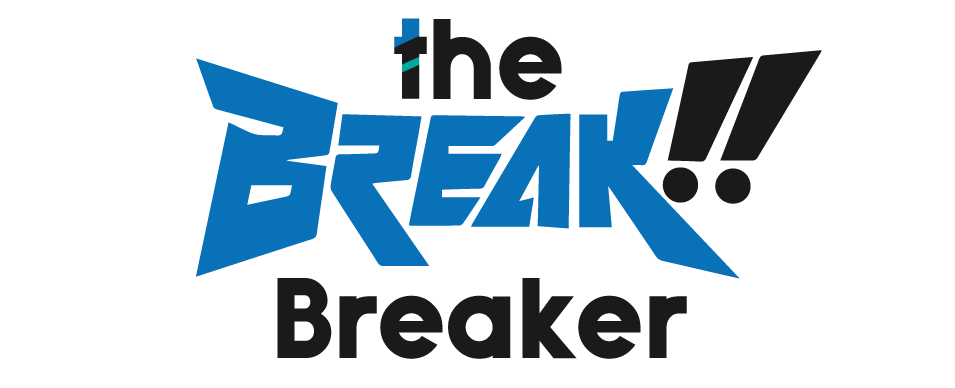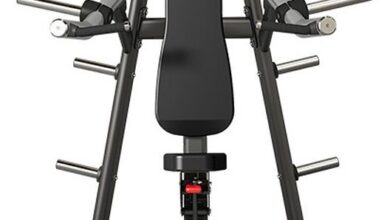
Using leverage to trade: pros and cons
Leveraging is a very interesting tool at the disposal of all investors who aim to boost their returns. Leverage is essentially trading on margin. Using this, one can open much larger positions with their existing funds in their trading account by borrowing money. While this increases your profit potential, it does the same to your possible risks.
The practical aspects of leverage are not thoroughly understood by individual investors. Thus, it is necessary for all investors to know what the risks are before putting their money at stake through leverage.
Leverage definition
Leverage is basically the ratio of the money you have in your trading account and the money you can trade with. By using leverage, you can have more exposure to financial market positions even if there are limitations with regard to capital. In general, you could get leverage that is five or perhaps even 100 times of your actual capital if the following factors are met:
- The asset traded –
Forex trading typically will have more leverage opportunities than crypto or even individual share trading.
- The exchange–
The exchange decides how much leverage they are willing to offer each trader.
- Your trading experience –
If you’re new to the financial markets, you may not be offered the kind of leverage an experienced player will get.
To trade leveraged products, you will be asked to deposit collateral, which is an initial capital that you reserve with the exchange. Your exchange will then let you trade large positions, depending upon your deposited sum. What happens here is, that the exchange allows you to borrow funds from them so you can open a better position. If you choose to leave a position open overnight you may have to pay a fee known as all. It indicates that you are rolling your position settlement to the following day.
Your full-size position will determine whether you’re more likely to make a profit or a loss. This will help you understand whether the amount you lose or earn is going to be more or less than your trading amount. Note that the higher your leverage, the better are your chances to make a profit. That said, it also increases the risk factor and that is why leverage levels are limited for new players who may end up exposing all of their funds to market risks.
Pros and Cons of Leverage Trading
Leveraged trading can have many plus points as well as many negative aspects.
Pro: Magnified Profits
The advantages of leverage trading begin with magnified profits. You start with a certain amount that grows when you multiply with the leverage you take. If that trade turns out to be profitable, you’ve made a lot more money than what you could possibly have from your starting investment.
Con: Magnified Losses
Leverage is a double-edged sword and thus, you need to have a solid trading plan in place to cushion the losses that may come your way. Know your stops and exit points so you can avoid getting into massive debts with leverage. Remember that it is simple to get carried away with leverage but that road only leads to pitfalls.
Pro: Access to Higher-Value Stocks
It is a sad truth, that once you fully understand the loss potential, you may want to stay away from leverage. For amateur traders, this is especially important as you don’t want to get into the hassle of tracking multiple short-term trades when you’re still getting the hang of the market. You may use leverage to open a larger position than what your account may have allowed you but you have to take the risk into consideration.
Con: More Fees
Want to start shorting stocks? You should be aware of both borrowing fees and also margin rates. Options contracts can be so expensive that even if you make perfect trades, you would not be able to earn profit. Read more about best forex trading course.
However, you should not allow commissions and fees to discourage you from trading. Good trades are always worth a chance but you need to be smart about it. Large and complex fees cannot be removed from the picture thus, a lot rides on your trading style, skills and strategy.
Trade Stocks with Leverage: 5 Tips
You may not want to start leveraging your trades right away but it is good to know what’s at the table. The knowledge of how leveraging works will come in handy and it is not about whether it is a good or a bad option. Knowing how leverage works is just about understanding the tools at your disposal and that of your peers.
- Draw Up a Trading Plan
Learn about different trading strategies and choose what suits you. Use your research and good sense to identify the entry and exit points so you know when to pull the stops. Avoid moving away from the trading plan and try to build a good case for each and every trade to know what works for you.
- Define Your Risk
Every good trading plan will have goals and risks clearly outlined. Though this will apply to any financial trade, this becomes all the more relevant for leverage trading.
You’re not making a smart trade if you are unable to identify the risk involved and have a risk management strategy in place for when things do not go as planned.
- Invest The Amount You’re Willing to Lose
Think about the risks in terms of the money you could end up losing if the trades do not work in your favour. Are you comfortable risking $50 when there is a chance of making $150 as a profit? Identify these spots and get rolling with your trading plan.
- Know the Fees and Commissions
Leverage trading can be much more complex than holding a long position on a stock. You should take into account all the fees and commissions when making your trading decisions.
- Don’t Compromise the Health of Your Account
This is one of the golden rules of trading that must be underlined when we speak of leverage trading. Keep your account safe, bring down your risks and stay disciplined.




